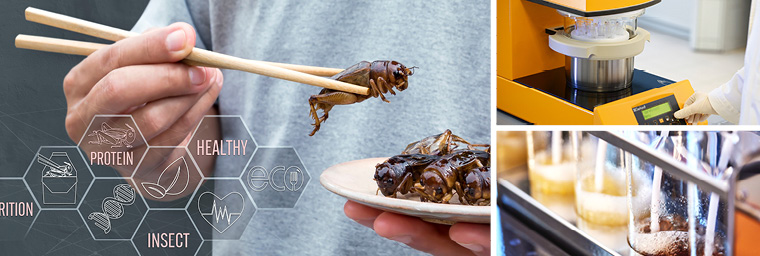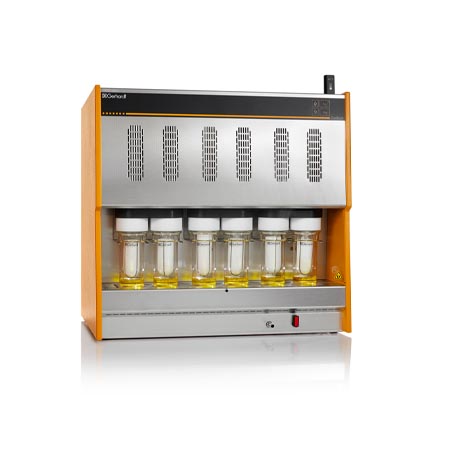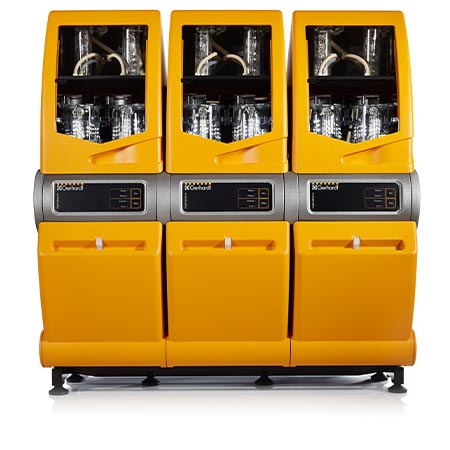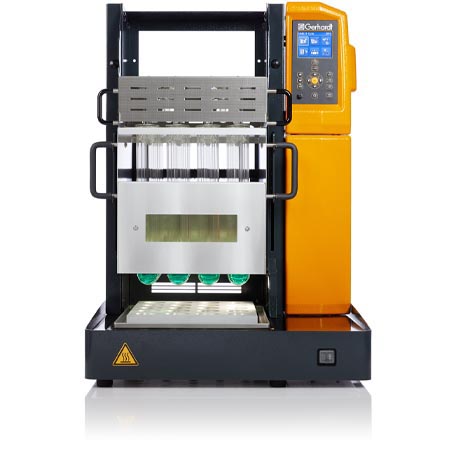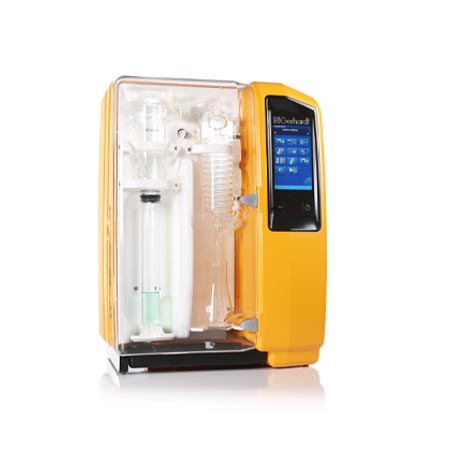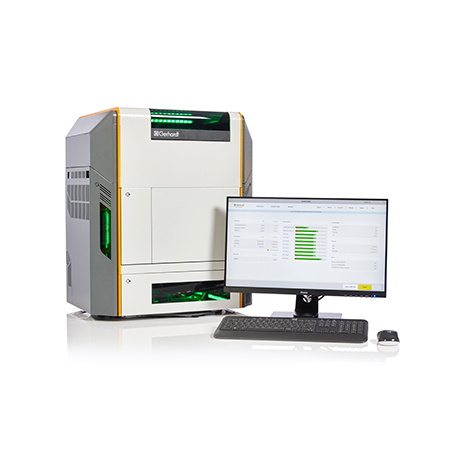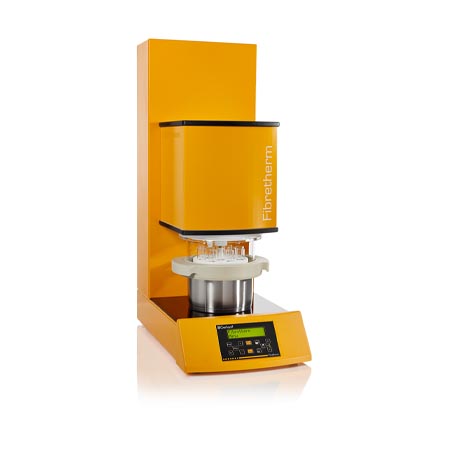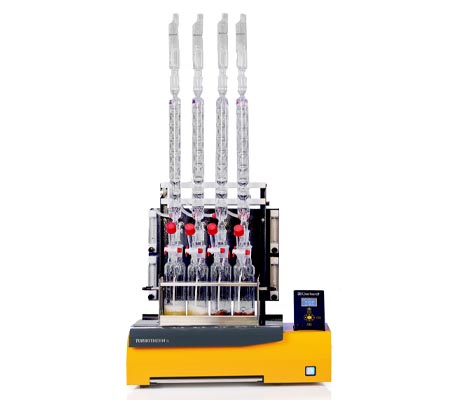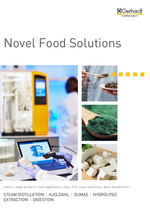New types of food, so-called novel foods, regularly appear on the market. Many of these foods quickly become an integral part of our everyday lives. When we lack nutrients, we turn to dietary supplements, when we go meatless, we opt for veggie products, and when we want to build muscle, we turn to whey protein powder.
Some novel foods, on the other hand, are unfamiliar to us. Insects, for example, are rarely on the menu here in Europe. But this will certainly change since insects have a high protein content and are an environmentally friendly alternative to conventional meat products and classic animal feeds. Novel foods reflect current market trends and thus become increasingly important. One reason to take a closer look at this food group.
Novel Food Regulation as legal framework
According to the Federal Office of Consumer Protection and Food Safety, novel food includes "all foods that have not been used for human consumption to a significant degree in the European Union before 15 May 1997 and that fall into at least one of the categories listed in Article 3 of the Novel Food Regulation (EU) 2015/2283." These can be, for example, technically produced foods and nutrients or foods derived from micro-organisms, plants or animals. Therefore, the range is wide.
One thing is certain: The term "novel food" covers a spectrum of different types of food. This is a challenge for analysis, because it also means that we have to deal with completely different sample matrices. The sample parameters to be determined are also diverse.
While the protein content of foods with added protein such as protein bars, protein puddings and whey powders is often of particular interest, in case of vegetarian and vegan products such as vegan spreads, tofu and meat alternatives, the focus often also lies on the fat contained. For sugar substitutes such as xanthan gum, xylitol and stevia, the nitrogen content is often analysed, and for edible insects, the fibre content and the chitin content.
The sulphur dioxide content is interesting in the case of algae such as spirulina and various dried fruits. And in the case of spice mixtures and juices, the essential oil content is often determined. Thus, each novel food sample requires a specific analytical method. C. Gerhardt rises to the challenge and provides various solutions.
We are broadly positioned, especially in the field of nitrogen and protein analysis. We offer partially and fully automated solutions according to Kjeldahl and Dumas and therefore meet various requirements. With our systems, you can also carry out every step of fat analysis according to Weibull-Stoldt - from hydrolysis to solid-liquid extraction. We are also specialists in the field of fibre extraction. From crude fibre to ADF and NDF, we cover it all.
We have also developed special applications for sulphur dioxide analysis. Here we offer a space-saving alternative to the optimised Monier-Williams method on the one hand and a particularly time-saving method with our VAPODEST systems on the other. As you can see, we are prepared to meet different needs and provide the right solution for you.
Please feel free to click through our website and familiarise yourself with our product portfolio. If you have any questions or would like advice, please do not hesitate to contact us.

